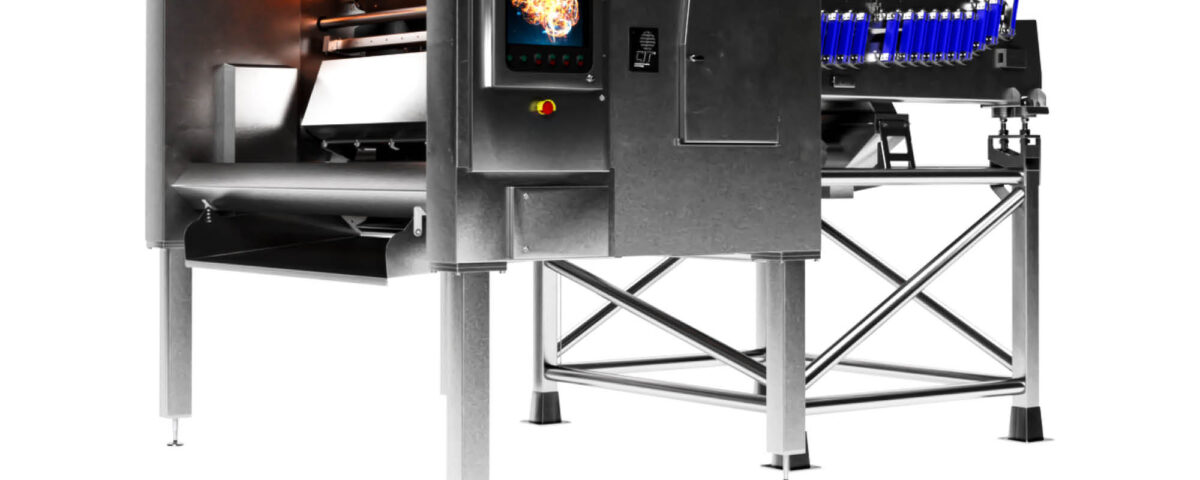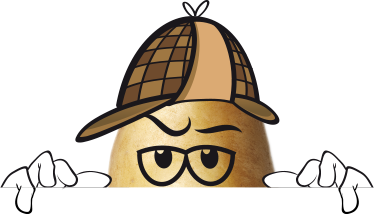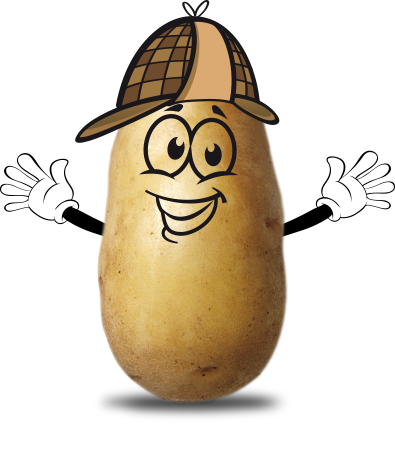French fries
New hyperspectral sorting machine
It can pay to be different. Chemical Imaging Technology, which improves identification accuracy, and focusing on identifying good products instead of bad or non-conforming ones, gives food processor manufacturer Insort several advantages over the rest of the pack.
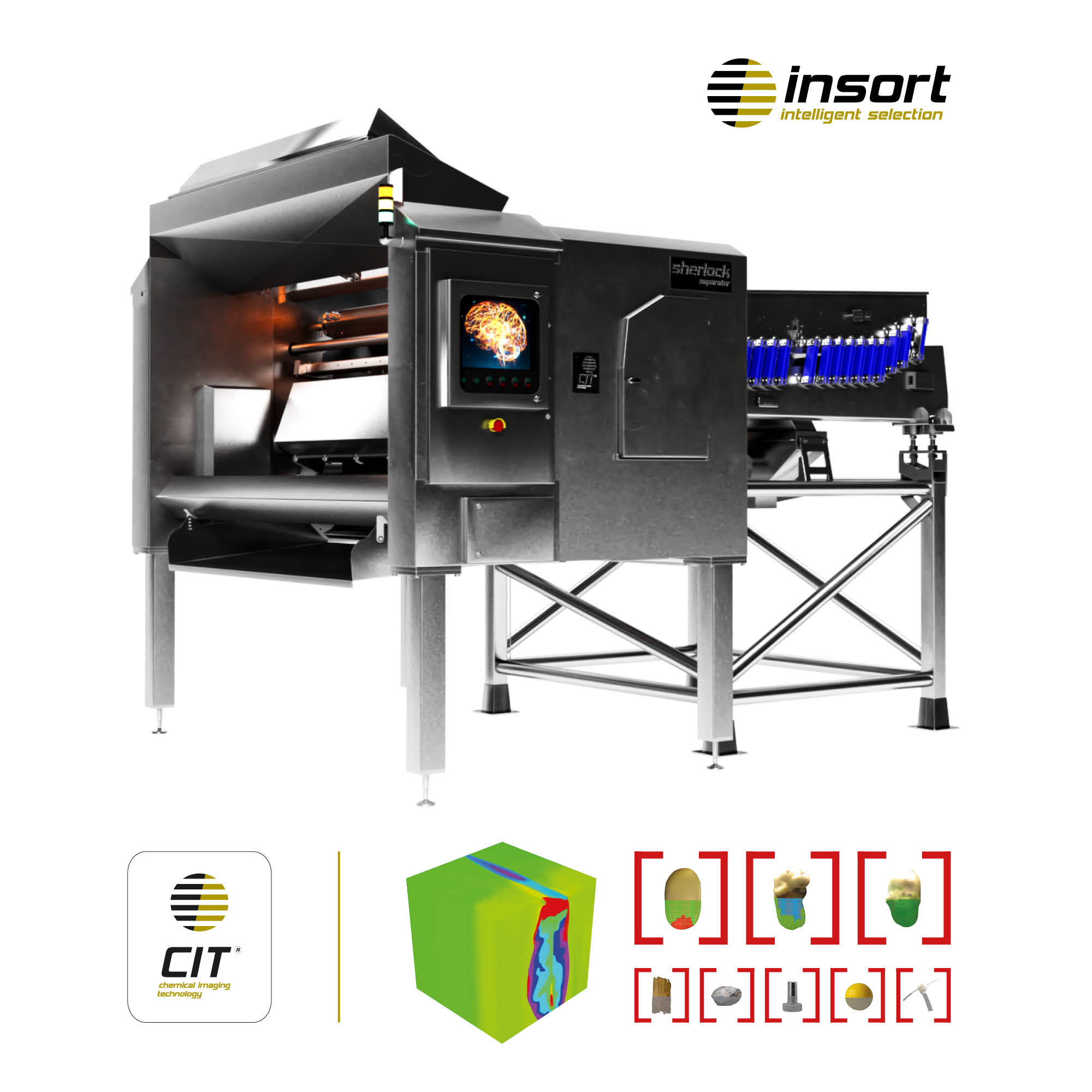
A second unique feature of Insort’s sorting solutions for the food industry, in particular the potato and French fries’ sector, is that the company uses hyperspectral technology. “With our CIT – Chemical Imaging Technology – camera, we cover wavelengths from 700 to 1,700 nanometres in the infrared range. You can see a greater level detail with that than with colour cameras, which our machines are also equipped with,” says Insort’s key account manager Kees Kelders, who has worked for the Austrian company, that now has branches in the US, Canada and the Netherlands, since it was founded nearly 14 years ago.
Being contrary, or going against the grain, can sometimes pay off.
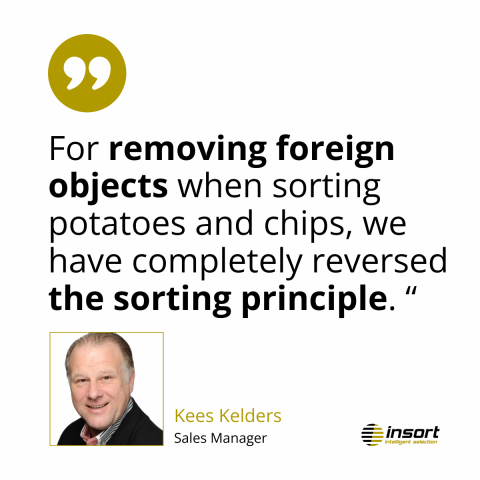
Food safety focus
“Hyperspectral technology is a proven laboratory technique, where the chemical composition of products is carefully examined offline, such as in R&D stages of product development. But we use hyperspectral in-line, in process, with product speeds of two to three metres per second and with masses of 80-90 tons per hour.”
Kelders adds, “And even though food safety, specifically removing foreign objects, is the main focus of our machines when sorting potatoes, with CIT the sugar-ends are also identified and removed [these are black spots created by high sugar concentrations]. Because this problem typically only occurs once every seven or eight years, you don’t buy a sorter for that of course. But the spectral technology removes this defect and many others anyway.”
And that comes back to Insort’s USP: its desire to be different. “While other food sorting companies usually programme their software to spot what a strange object or a defect is – and there are many possible defects or foreign objects – we have turned this around. We teach what the good product is. Everything else is unusual, and everything that fits this description is discarded.”
According to Kelders, hyperspectral technology is currently the best, but also the most expensive sorting technology for potatoes and fries. “We are not the cheapest, but we can sort out the non-conformities a few percent better than other machines. And food safety is everything these days. A large company, indeed, any company, cannot afford litigation because of reputational damage from defective product.”
CIT Cameras: hardly any wear
The high price tag has a lot to do with the fact that Insort’s technology is still relatively new. “At the moment, it is only a profitable investment for the big companies,” Kelders suggests. “But in the future, prices will come down and the technology will also become affordable for smaller customers. It is the familiar story of a specialty that becomes mainstream.”
To achieve the same levels of accuracy, other machinery suppliers with different technologies add an extra colour camera or an extra laser to the line, according to Kelders. “But a laser needs a motor that runs at 10,000 rpm, which also requires some maintenance. A hyperspectral camera is always stationary and therefore has less wear. Customers often look at the total cost of ownership in the end, which is lower with a CIT camera.”
Insort has many more machines in its range, each with its own specialist function or product target group. They all share the first name Sherlock. “The famous fictional detective Sherlock Holmes always had his “search function” on of course,” says Kelders. “The Sherlock Separator is a pure sorter. It removes all foreign objects, as well as potatoes with an array of defects, such as rot, scab, sugar-ends and green or glassy potatoes.”
The Sherlock Food Analyzer is a device that analyses the properties of food products, such as dry matter, sugar or fat content. “French fries ideally have a dry matter content of between 30% – 34%. The Food Analyzer can sort fries to each standard,” Kelders says. “The Sherlock Hybrid has multiple functionalities and is specifically designed for pre-fried French fries. And we plan to discuss field trials with our customers, for a new machine for sorting fresh French fries at Interpom 2024, the international expo for the potato industry in Belgium.”
He adds, “We are developing a solution now that involves inserting a belt sorter into the line just after the fries have been cut by the water knife. In contrast to all our other machines, where the foreign objects or sub-optimal products are scanned and removed in free fall, this will now be done on a belt sorter.”
The machines can be supplied in different sizes depending on the capacity of the line. Multiple elements can also be inserted on a line, for example a separator before and after peeling. “Two separators are used when a customer needs to be 100% certain that no foreign objects pass. And further along the line, the Sherlock Hybrid or the Food Analyzer can be integrated.”
Vibrant chips market
Insort has delivered around 170 units in the Benelux region to date. “The Sherlock series is not only successful in the Netherlands and Belgium, we have also installed quite a few machines in Germany and the US,” says Kelders. “And it seems that customer interest has simply exploded in the chips’ sector this year.. Capacity is expanding everywhere and machines that are 10- to 15-years-old are now neither energy-efficient nor well-suited for the purpose for which they were purchased. The machine performance and product quality that can be achieved now is many times better than 10 years ago.”
The willingness of potato processors to reinvest their money in better technology is also higher today.
“Companies know that in about five years it will be more difficult to be competitive if they do not have the latest technology,” Kelders says. “After all, there is a global potato shortage coming, with a rise in new producers, greater production volumes and climate change. So you must be able to process every potato you buy. Increasingly, you must ensure that you become less dependent on the quality of potatoes you receive.”
Summing up, Kelders says, “Furthermore, current operators no longer have the deep knowledge and expertise about quality, that used to be normal. The current generation is used to looking at a screen with numbers. It is therefore inevitable that sensors will replace the eyes and hands of experienced employees”.

